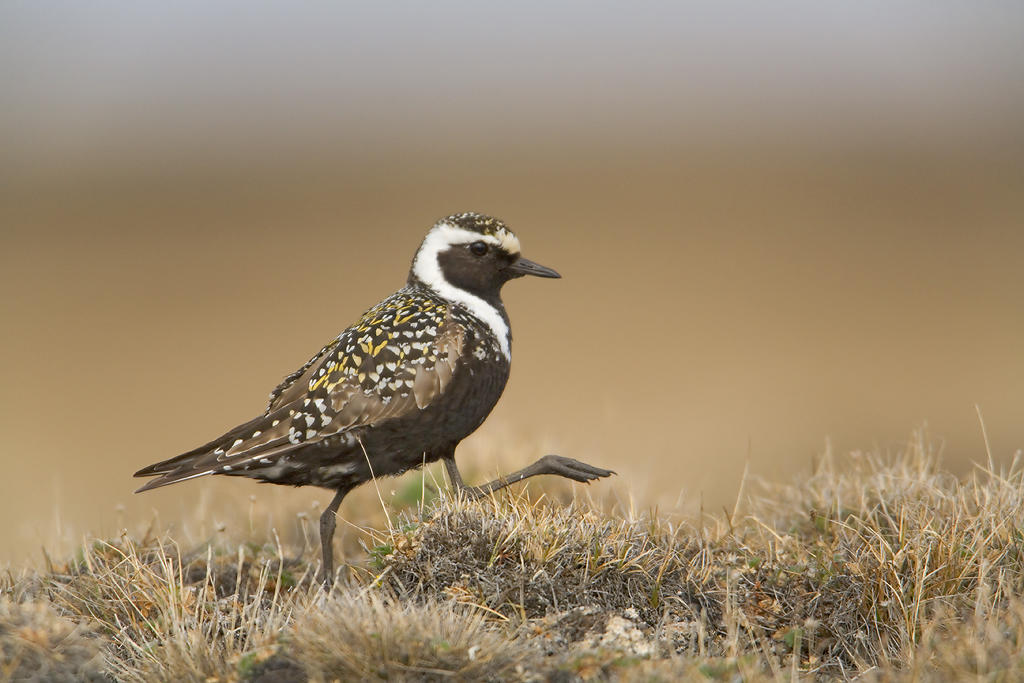Stikine River Delta
The Stikine River Delta is an ecologically important key coastal wetland located approximately 10 miles north of Wrangell. The delta is 16 miles wide and encompasses over 27,000 acres of freshwater and tidal wetlands. Located within the Stikine-LeConte Wilderness Area, the delta and associated islands and tidelands are of international importance as a migratory stopover and refueling location for birds traveling the Pacific Flyway, with an estimated 1 to 3 million shorebirds stopping here during spring migration from late April through early May.
Western Sandpiper is the most abundant species but at least 21 other shorebird species stop to refuel at the Stikine including Black-bellied Plover, American Golden Plover, Greater Yellowlegs, Red Knot, Solitary Sandpiper, Spotted Sandpiper, Whimbrel, Hudsonian Godwit, Least Sandpiper, Baird's Sandpiper, Dunlin, Long-billed Dowitcher, and Common Snipe.
Past the delta, the Stikine River itself provides access to interior deciduous forest habitats where migratory songbirds breed. Species not usually seen near the coast can be found here, like Western Tanagers, Northern Waterthrush, Warbling Vireo, and Black Swifts. Developed recreation sites on the Stikine include Forest Service public cabins and the Chief Shakes Hot Springs Recreation Area.
Directions:
To reach the Stikine River Delta, you need to travel by boat north of Wrangell approximately 10 miles. Charter services and tour operators can be contacted for transport. If you will be guided on the National Forest, ensure that your guide is permitted to operate on the Tongass National Forest.

Birding Resources:
- eBird Hotspot: Stikine River--mouth (Tongass NF)
- Audubon: Stikine River Delta
Bird Species Checklist:
Other Resources:
How you can help, right now
Donate to Audubon
Help secure the future for birds at risk from climate change, habitat loss and other threats. Your support will power our science, education, advocacy and on-the-ground conservation efforts.
1% for the Planet
We are proud to be part of the 1% for the Planet network. If you own a business, please consider joining 1% for the Planet to support Audubon Alaska’s conservation efforts.




